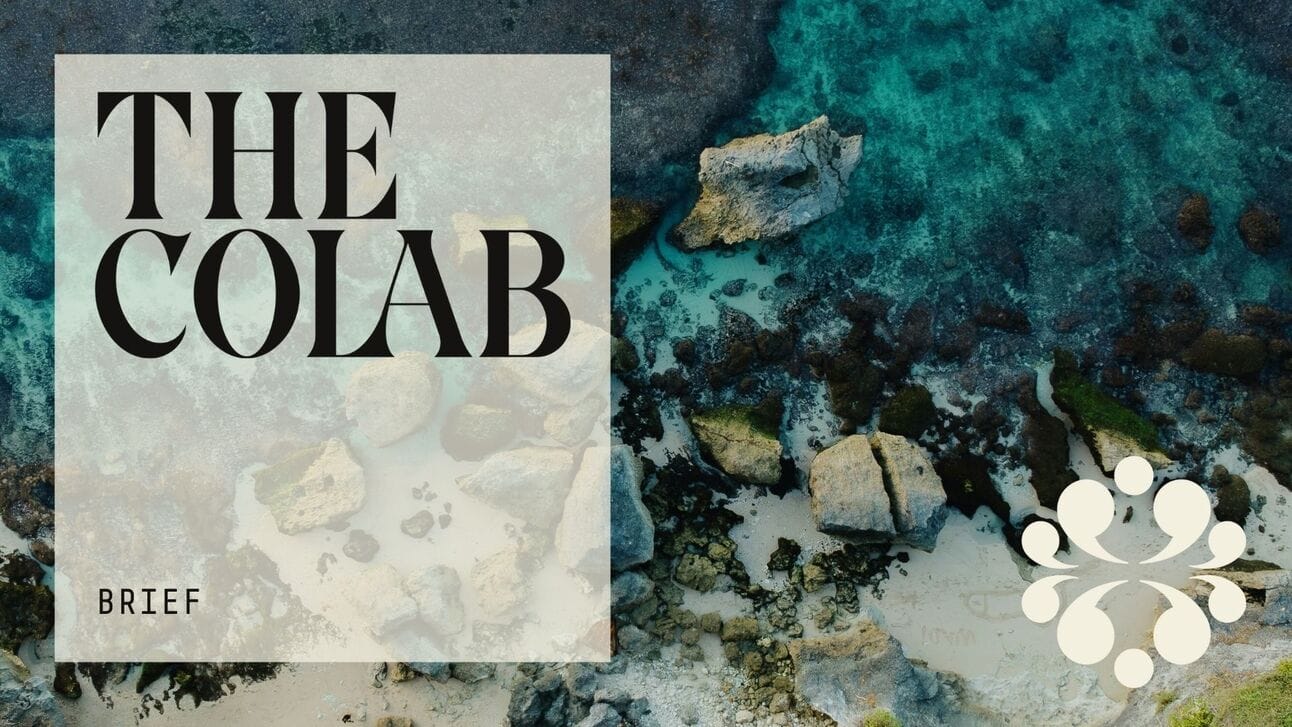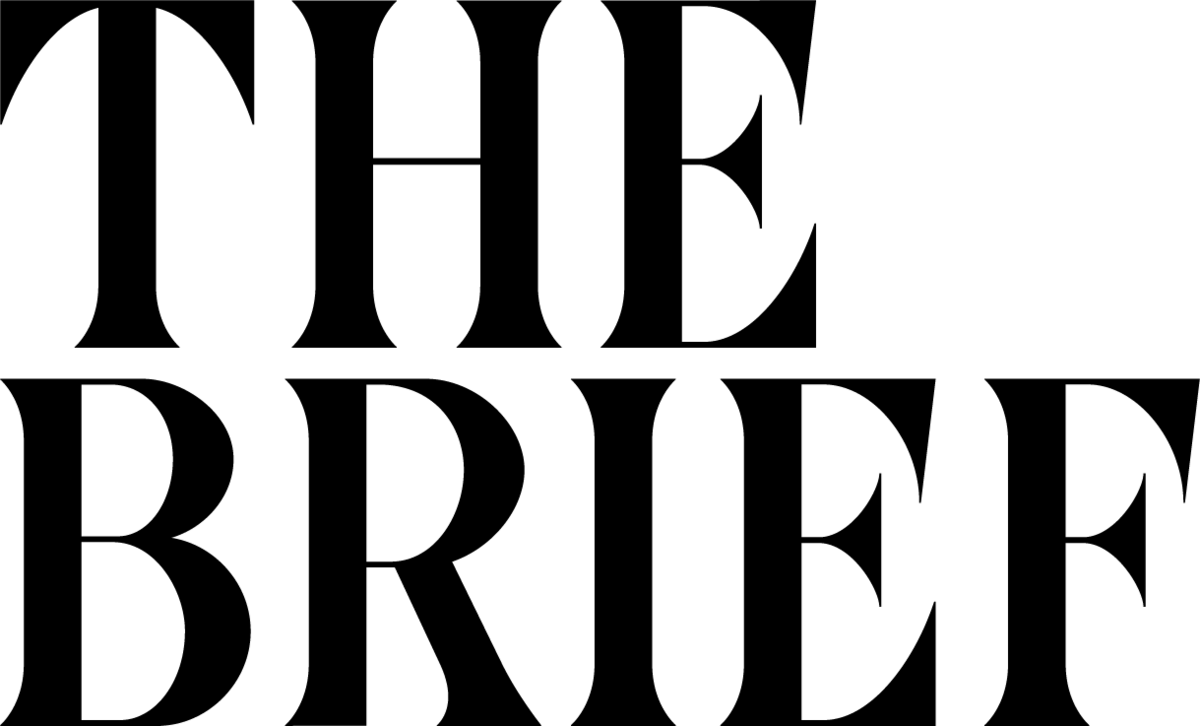18,551 founders and comms leaders start their weekend with The Colab Brief.
Join them to get weekly analysis of PR trends and non-traditional media moves.

If you're in PR or marketing, you've seen the 12 brand archetypes—Disney "the Magician," Nike "the Hero," IKEA "the Everyman." Frameworks that companies use to connect emotionally with customers.
For most of the 2010s, these archetypes were reserved for corporations. CEOs played it safe, avoiding statements that might alienate customers, investors, or potential employees.
But today: People click on people, not brands; corporate blogs are dead; LinkedIn accounts drive real revenue; and founders are taking stronger political stances… CEOs are falling into their own archetypes now, willingly alienating some audiences to deepen ties with their most loyal fans.
If done right, exec brands can drive great ROI. But how do you build one? That's likely falling to the comms teams. So let’s take a look at the levers you can pull to grab attention, drive press, and deliver business results.
The new executive positioning
Great personal brands, like great corporate ones, make you feel something.
Whether you’re a first time founder or Fortune 100 CEO, draw a clear line in the sand. Make what you stand for obvious, then reinforce it through every comms choice: your words, platforms, media appearances, and even visual style.
Here are a few executives who've mastered this approach:
Ryan Gellert, CEO of Patagonia
Archetype: The Activist
Core message: Planet over profit
Target audience: Purpose-driven consumers, environmentalists
Media platforms of choice: Traditional legacy media institutions that convey the weight and seriousness of his message
Makes you feel…: Hopeful that corporate power can drive positive chanc
Sam Altman, CEO of OpenAI
Archetype: The Oracle
Core message: OpenAI will transform everything; join us or be shaped by us
Target audience: Tech investors, founders, policy makers with FOMO
Media platforms of choice: X, personal blog, global conferences
Makes you feel…: Either enlightened and part of an elite in-group, or unsettled about being left behind
Recent media moves: Davos panels, blogs about OAI transforming society, cryptic tweets about GPT-5
Satya Nadella, CEO of Microsoft
Archetype: The Statesman
Core message: Microsoft investors will win no matter which AI model dominates; we're positioned for any outcome
Target audience: Enterprise customers, investors, policy makers
Media platforms of choice: Bloomberg, Davos panels, earnings calls
Makes you feel…: Reassured that amid technological chaos, there's a steady hand at the wheel; confident in the future of business
Recent media moves: Interviews focusing on economic impact > AGI hype
Jensen Huang, CEO of NVIDIA
Archetype: The Builder
Core message: Technical excellence drives AI; only we can create it
Target audience: Anyone who buys chips
Media platforms of choice: Technical keynotes, developer events
Makes you feel…: Inspired by technical excellence; respectful of meticulous execution; like you're learning from someone in the trenches
Recent media moves: Talks on the grit and pain of building a business; ‘I hope suffering happens to you’
5 tips for shaping executive brands:
If you're willing to ruffle some feathers, founder comms can drive serious ROI and also be a lot of fun. Pick the right platforms, craft the right message, and stay relentlessly consistent:
Find your north star: Identify the belief your exec would defend at a cost. "Business success is meaningless if we destroy the planet." "Design elegance trumps specs." Pick a hill to die on and build every communication around it.
Develop a contrarian POV: The fastest route to a compelling exec brand is genuine contrarianism. What industry consensus do they reject? What do they know that others don't?
Define the emotional target: What should people feel after engaging with your exec? FOMO? Inspired? Reassured? Slightly afraid? Most communication should reinforce this emotional response.
Choose channels strategically: Patagonia's CEO picked TIME knowing Trump's obsession with it; Andreessen gave an exclusive to The Free Press, signaling his allegiances. Every channel choice—legacy vs. new media—reinforces your message to core supporters
Repeat relentlessly: As comms pro Rachel Whetstone says, "Repetition never spoils the prayer." Bezos has been banging the "customer obsession" drum for 25 years. Find your exec's mantra and stick to it for an uncommonly long time.
📱 New in non-traditional media
Tracking the newsletters, podcasts, and creators reshaping media influence.
📰 In the news
Gavin Newsom chats with Charlie Kirk
California Governor Gavin Newsom invited right-wing commentator Charlie Kirk on his new podcast, breaking from Democrats' typical avoidance of conservative media during the previous election cycle.
Digg returns as Reddit alternative
Remember Digg? They're relaunching to scoop up disgruntled Redditors, promising a return to the "good old days" of community-driven content.
WSJ tech desk gutted in latest media cuts
The Wall Street Journal laid off multiple senior tech reporters despite increasing tech industry coverage demands, continuing the trend of shrinking newsrooms across legacy media.
FiveThirtyEight shutters
ABC pulled the plug on FiveThirtyEight, but founder Nate Silver's personal Substack has over 237,000 subscribers, highlighting the shift from institutional to personal media brands.
🎤 Spotlight on edtech creators
Looking to round out your coverage with more newsletters and podcasts? Here are some favorite non-traditional media outlets to pitch your next story [edtech edition]:
12,000 Substack subscribers
Bi-weekly Substack covering edtech news, events, M&A, and industry deep dives
Companion podcast features conversations with founders, investors, operators and educators
17,000
Covers ‘innovations, changemakers, & trends to transform learning & education worldwide’
Companion podcast features in-depth interviews with founders and execs
12,000 subscribers
A monthly and fortnightly newsletter from Brighteye, the most active Ed-tech focused VC fund in Europe
Hosted by Rose Luckin, Professor of Learner-Centred design at UCL
Bimonthly episodes
Covers technology’s impact to students and the education system, features talks with investors, innovators, and experts in AI
⭐ Favorite story of the week:
Survive to do good - Helena Price, Founder Things
Helena’s Substack is a good example of genuine thought leadership. She shares stories of failure, regrets, and hard-earned lessons from shutting down her VC-backed company, Haus.
⚡ Steal this pitch
Every technology update is an opportunity to pitch technical experts who can explain the real-world impacts. Here’s a pitch we used to successfully land expert coverage around NVIDIA’s GPU breakthroughs:
What NVIDIA’s AI-Powered GPU Breakthrough Means for Devs and OpenAI
NVIDIA’s DeepSeek-R1 is redefining GPU optimization by automating kernel generation with AI—even outperforming skilled human engineers in some cases. This closed-loop approach enhances the code generation process by guiding it in a different way each time. So what does this mean for developers and for OpenAI?
[NAME] is available to provide in-depth insight on the above, as well as the following topics -How inference-time scaling boosts AI performance
The impact of automating GPU kernel generation with LLMs
What this means for industries like robotics and edge computing
💫 Client Wins
Our clients are making headlines. Check out coverage our clients got in TechCrunch, Yahoo Finance, Pymnts, and Trellis.
Want coverage like this? Say hello.

Like The Colab Brief?
Share with your friends
Micro-Engagements (Now Live!)
The Colab PR Template Pack (Now Live!)
SWAG [Exclusive]
Start learning AI in 2025
Everyone talks about AI, but no one has the time to learn it. So, we found the easiest way to learn AI in as little time as possible: The Rundown AI.
It's a free AI newsletter that keeps you up-to-date on the latest AI news, and teaches you how to apply it in just 5 minutes a day.
Plus, complete the quiz after signing up and they’ll recommend the best AI tools, guides, and courses – tailored to your needs.


